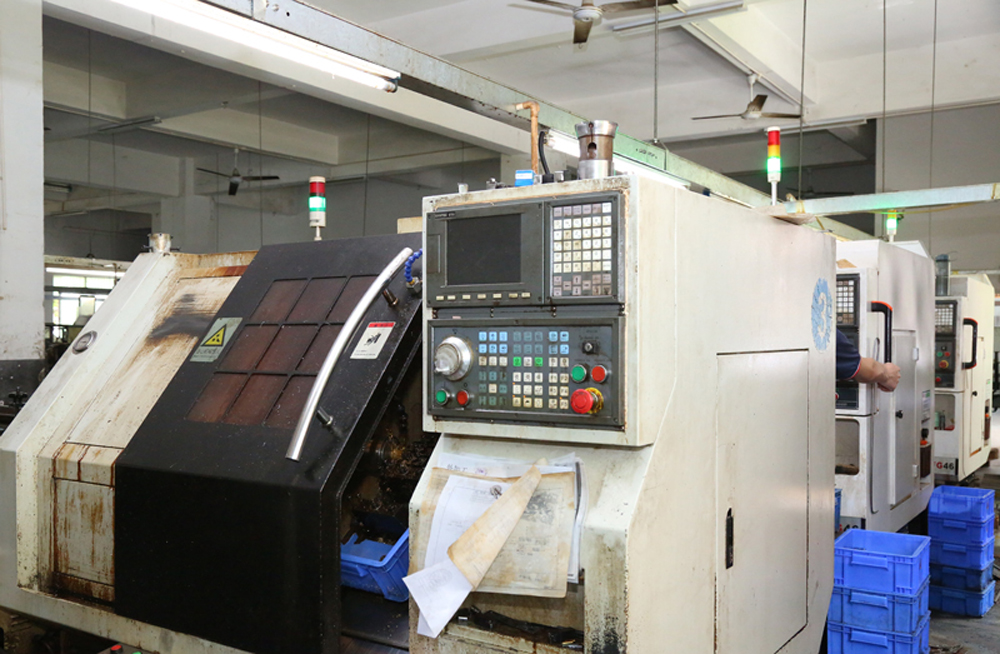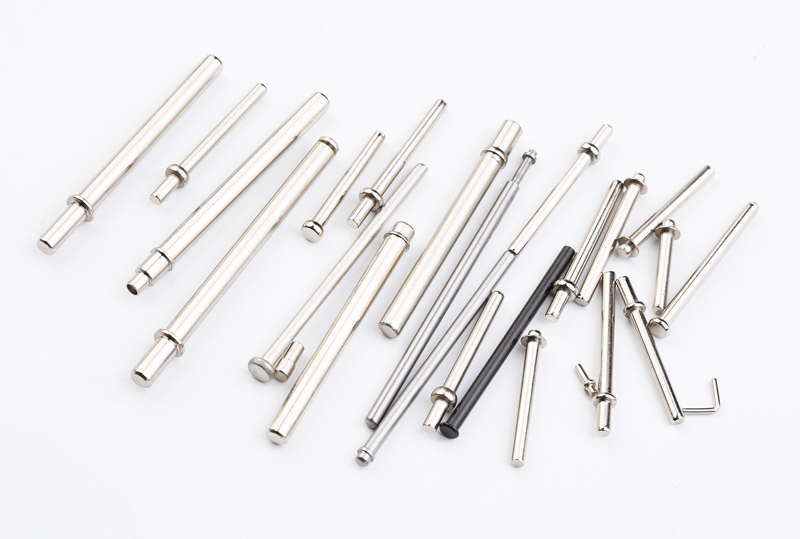As core components of mechanical transmission, shaft parts' machining quality directly affects the performance of the entire machine. Turning, as the primary forming method for shaft parts, requires operators to master systematic process skills.

Pre-Machining Preparation
Thorough preparation is fundamental before machining. Operators need to accurately interpret drawings, clarify dimensional tolerances, geometric requirements, and surface roughness. Tools should be selected based on material characteristics: YT series cemented carbides are commonly used for carbon steel parts, YG series for cast iron parts, and ceramic or CBN tools for hardened materials. The clamping scheme is particularly crucial: short shafts can be clamped once with a three-jaw chuck; slender shafts with a length-to-diameter ratio greater than 4 must adopt the "one chuck one center" method, combined with a steady rest to avoid deflection deformation.

Machining Process Route
During machining, the process route determines success or failure. Following the principle of "rough machining first, then finish machining", rough turning uses large cutting amounts to quickly remove allowances, leaving 2-3mm per side for finishing. Finish turning ensures dimensional accuracy through precise micro-adjustments. Special attention should be paid to the coordination of the three cutting elements: rough turning uses low speed and large feed; finish turning increases speed and reduces feed to obtain better surface quality. For stepped shafts, machining should be done in order from large to small diameters to effectively maintain process rigidity.
Precision Control in Key Processes
Precision control in key processes is vital. When turning threads, the feed amount must be accurately calculated and test-cut to ensure qualified pitch diameter dimensions. A short pause is required when retracting the tool during grooving to ensure a flat groove bottom. Measurement must be carried out throughout the process: external diameters are measured at multiple points with micrometers, length dimensions are rechecked with depth vernier calipers, and geometric tolerances are ensured by aligning with dial indicators.
Mastering these skill points, through standardized operations and precise process control, can stably produce high-quality shaft parts that meet design requirements. This is precisely the indispensable professional capability in modern mechanical manufacturing.